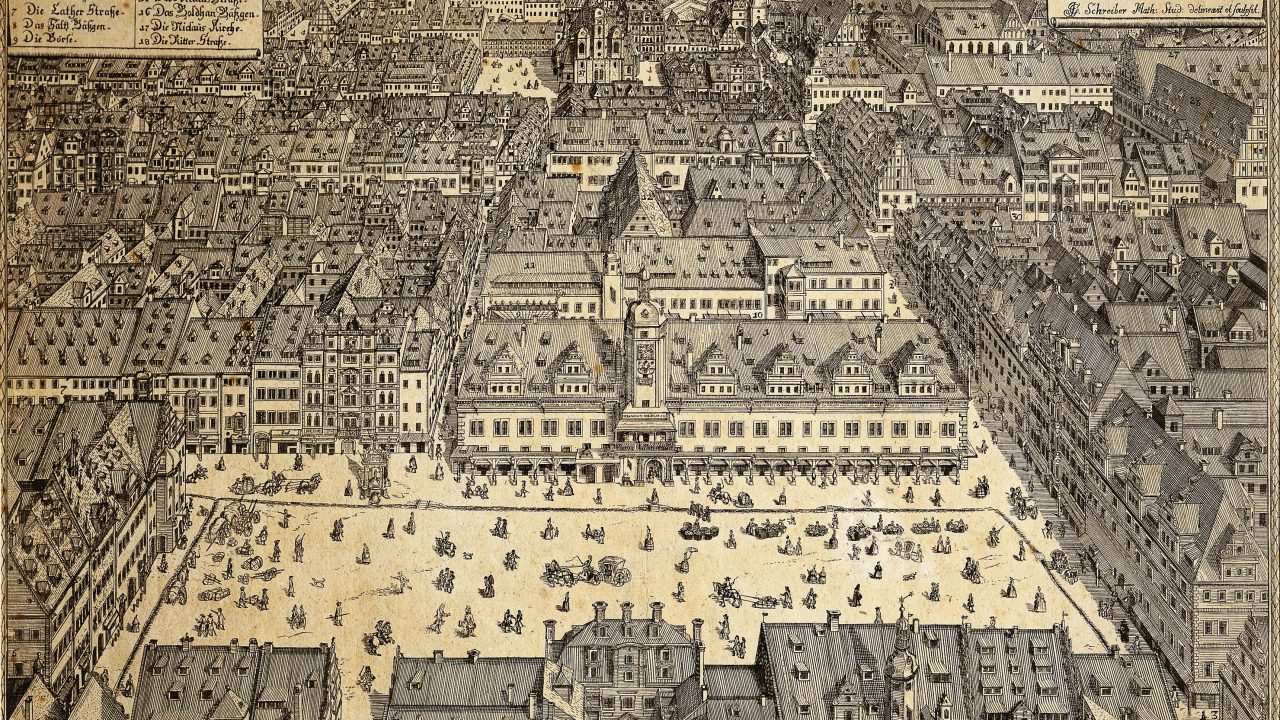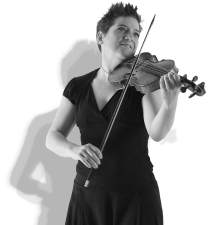Joanna Wyld explores Bach's Easter Oratorio shedding light on the tensions and triumphs of his musical journey.
Anyone who has experienced the drama of Holy Week services – the immersive theatricality of Palm Sunday, Maundy Thursday, Good Friday and Holy Saturday – will know that Easter Sunday can feel (whisper it) a little less exciting by comparison. Theologically, it is the climax: Christ is risen. But the concept of the resurrection is hard for us as human beings to relate to – we may engage with it cerebrally and spiritually, but it can seem remote compared with the visceral and emotional gut-punch of the Passion story.
Bach’s Easter Oratorio has sometimes suffered from the same contrast: the intense human suffering of the Passion accounts famously inspired his extraordinarily moving St John and St Matthew Passions, next to which the Easter Oratorio has sometimes, unjustly, been regarded as a poor relation. This is not helped by the fact that the Easter work is one of only three oratorios produced by Bach, and while the Ascension Oratorio is on a similar scale, the six cantatas of the Christmas Oratorio represent an ambitious and dazzling achievement. The Easter Oratorio has therefore been at risk of being eclipsed by its flashier counterparts; Bach a victim of his own success in producing such consistently great music. Yet he draws us into this work by emphasising, as with those other pieces, the human perspective – focusing on the emotions of our protagonists as they hurry to the empty tomb – all the while illuminating the contrasts between Passiontide and Easter, the focal point of the Lutheran liturgical year: light after darkness; profound depth after drama; something other-worldly that we cannot fully grasp but can strive towards; a sense of renewal and, above all, joy.


